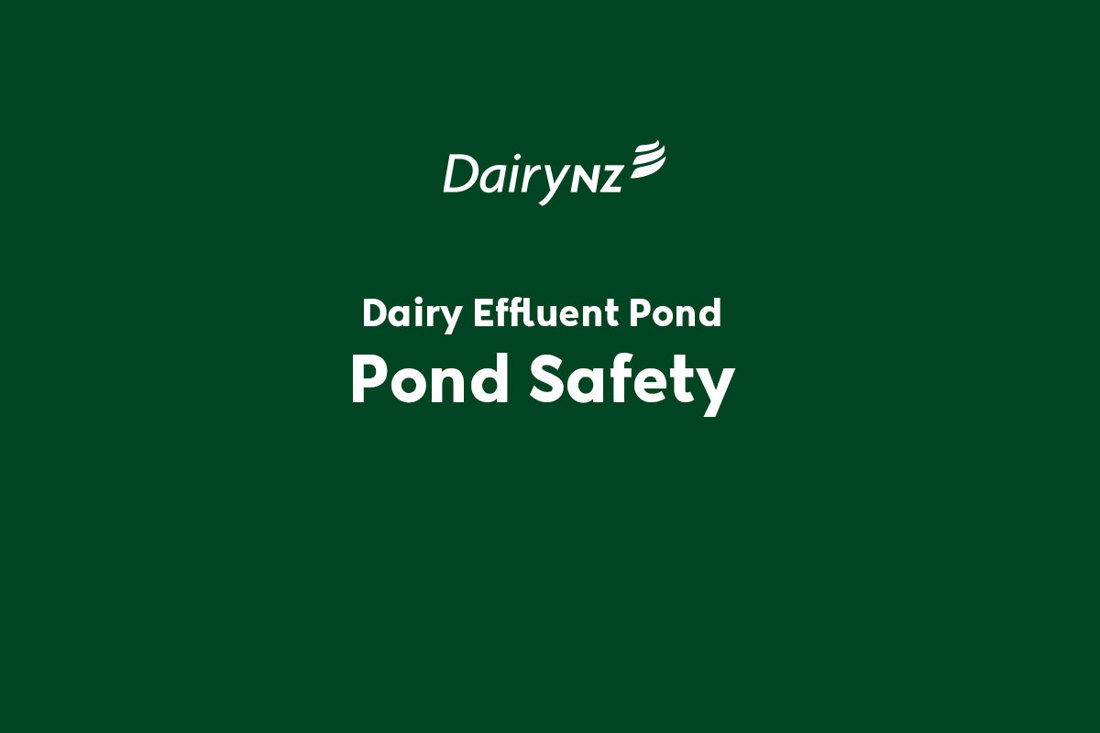Effluent storage
3 min read
Effluent storage on your farm is crucial and requires careful planning and design. With a well-designed storage system, you'll experience peace of mind, improved irrigation, efficient use of nutrients and water, and enhanced environmental protection. Your storage options include lined ponds and above-ground tanks, each with their own advantages and drawbacks. To select the perfect storage, consider factors like cost, installation conditions, and local regulations. Liner choices range from compacted clay to synthetics like polyethylene. Tools like the Dairy Effluent Storage Calculator can help determine your storage needs. Also, resources like video guides and technical literature are available to help in the planning and construction process.
Having well-designed and constructed storage facility will save you time and money. The key is good planning and working with the right people. The benefits of a well-designed storage system include:
To help guide your decision-making, see A farmer's guide to building a new effluent storage pond. It covers everything from planning and design to post-construction. The information below details some areas covered by the guide.
Lined ponds and above ground tanks are the two options available when choosing an effluent storage system for your farm. Below are some pros and cons for each...
| Pros | Cons |
|---|---|
|
|
| Pros | Cons |
|---|---|
|
|
Liners can be formed from compacted clay, concrete or specifically manufactured materials such as polyethylene (PE), polypropylene (PP), or rubber (EPDM).
To choose the right liner for you see the options below.
| Pros | Cons |
|---|---|
|
|
| Pros | Cons |
|---|---|
|
|
| Pros | Cons |
|---|---|
|
|
Download the Dairy Effluent Storage Calculator (DESC) to determine storage needs. It contains a database of soil types and 30 years of daily rainfall records for many sites throughout New Zealand.
DairyNZ has developed the Effluent Storage: Working Volume Calculator to calculate the dimensions and working volume of your effluent pond or tank, which is also useful for existing ponds or tanks.
The video playlist below shows the various aspects of designing and constructing an effluent pond including site selection, soil testing at the lab, and the construction process. A pond safety video is also included.

Dairy Effluent Pond Construction Soil Testing
1 / 4 videos 3:14 min

Dairy Effluent Pond Site Selection
2 / 4 videos 2:19 min

Dairy Effluent Pond Construction Process
3 / 4 videos 4:43 min

Pond Safety
4 / 4 videos 3:49 min
IPENZ Practice Note 21 - Farm Dairy Effluent Pond Design and Construction has a strong engineering focus and covers design and construction principles, clay liners for ponds, geomembrane (synthetic liner) selection and details about ponds and tanks constructed on peat.
Constructing effluent storage ponds in Hauraki marine clay may require different construction techniques. This chapter describes the engineering process. The case study shows the first pond to be built using this method.
Now’s the perfect time to check in, plan, and set up for a strong season. We’ve pulled together smart tips and tools to help you stay ahead all winter long.
Whether you prefer to read, listen, or download handy guides, we’ve got you covered with trusted tools to support your journey every step of the way.
Put our proven strategies and seasonal tools to work. Boost production, support animal health and watch your profits hum.
Tools that are backed by science, shaped by farmers and made for this season.
That’s Summer Smarts.